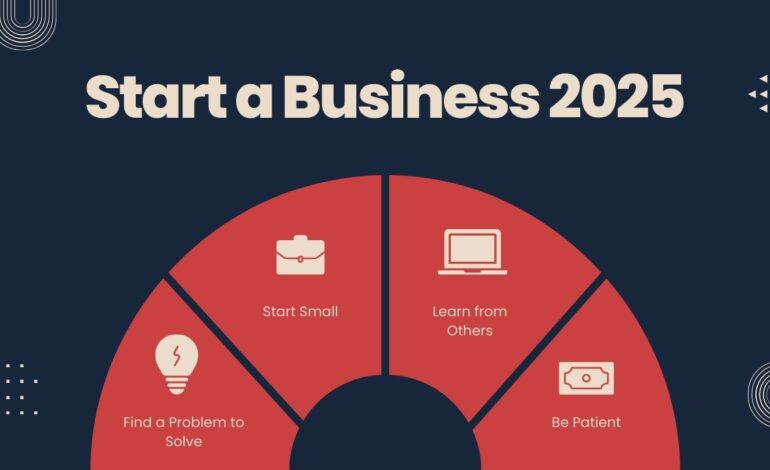
Unlock Your Business Potential With These Case Study Examples
Hello! Ever wondered how companies seem to learn what works and what doesn’t? That’s where business case studies come in. Let me put it in as simple a perspective as possible.
A business case study is something like a story in detail about any real problem faced by the company. It describes the problem, how they tried to rectify it, and what they learned from it. It helps us analyze real-life situations and develop better solutions to similar kinds of problems.
Why Are Case Studies Important?
Case studies are really helpful for a few reasons. Let me break it down:
Learning from others: When we go through stories of how businesses addressed challenges, we learn from their victories and shortcomings. For example, when Starbucks launched mobile ordering, it solved long queue problems and drastically improved the customer experience. By observing their approach, other businesses can use similar strategies.
Making better decisions: Case studies give real-world examples. They show what worked and what didn’t, so businesses can make informed decisions.
Improvement in solving problems: Case studies help us think critically; they help identify issues, analyze data, and pick up practical solutions.
How Are Case Studies Used?
Case studies form a major part of many fields wherein they play the following roles:
In education: Business schools use case studies to teach students how to handle real-world problems. I remember studying how Blockbuster failed to adapt to new technology and lost to Netflix. It taught me that staying flexible and innovative is crucial.
In training: companies use case studies to train employees. It helps them understand concepts of business in a relatable way.
In marketing: Businesses showcase success stories to potential clients. For instance, if a company used AI tools to improve customer service, they might share that as a case study.
Real Example: Coca-Cola’s New Coke Mistake
Let me share a famous example. In the 1980s, Coca-Cola introduced “New Coke” to rival Pepsi. However, customers despised the new taste and wanted their formula back. In no time, Coca-Cola brought back “Coca-Cola Classic” and won back the confidence of its customers.
What did that teach us? Enterprises have to listen to their audience. The case of Coca-Cola reminded us- always keep customer needs above everything else.
The Role of AI in Case Studies
In 2025, AI has made the creation and analysis of case studies so much easier. Tools such as ChatGPT and Tableau are just game-changers. Here’s how:
Faster data analysis: AI tools can process large datasets in minutes. For example, Google Data Studio helps businesses visualize trends and results faster.
Summarizing information: Tools like ChatGPT can summarize long reports. This means less time is spent reading and more solving problems.
Generating insights: AI predicts outcomes by analyzing past data. For example, it can predict which marketing strategy will work best based on previous campaigns.
A Real-World Case Study: Starbucks and Mobile Ordering
Starbucks used case study methods to solve the problem of long lines. Here’s how they did it:
Identified the problem: Long wait times were frustrating customers.
Found a solution: They developed a mobile app for ordering and payment.
Tested the idea: A pilot program tested the app in select stores.
Analyzed the results: Data showed improved customer satisfaction and faster service.
Rolled it out: Starbucks launched the app nationwide, improving efficiency and customer experience.
This example shows how businesses can combine data and customer insights to make smarter decisions.
Why Should You Care About Case Studies?
Case studies, for me, are shortcuts. Why try to figure out a problem when someone else has already solved it? Learning from their experience saves time and avoids the same mistakes.
So, the next time you see a case study, take a minute to read it. Whether it’s Coca-Cola or Starbucks or even a local bakery, there is always something to learn from it. You never know; it might help you in your next big decision.
What makes a great business case study?
A great case study highlights a real-world problem, provides clear data analysis, and explains solutions with measurable outcomes. For example, a study on Tesla’s pricing strategy for EVs would include market challenges, their approach to cost efficiency, and the resulting impact on sales.
How is AI transforming case study creation and analysis?
AI speeds up data processing, identifies patterns, and predicts trends. Tools like Tableau or ChatGPT summarize insights, helping businesses gain actionable strategies faster. For example, AI could quickly identify why a product launch succeeded or failed.
What common pitfalls should be avoided in case studies?
Mistakes include vague objectives, incomplete data, and overlooking key factors. For instance, a poorly executed case study on a failed product might miss crucial customer feedback that could explain the failure.
How do case studies help businesses stay competitive?
By analyzing real-world examples, businesses uncover best practices and innovate. For instance, Apple’s use of customer feedback in product development inspires others to prioritize user experience.




